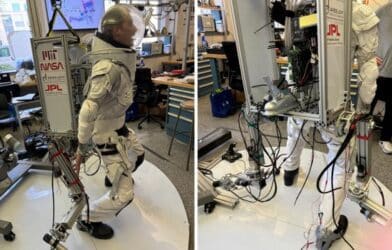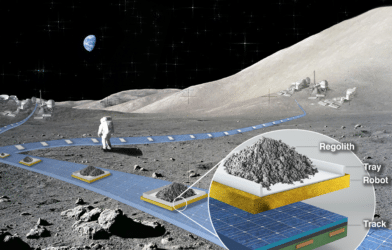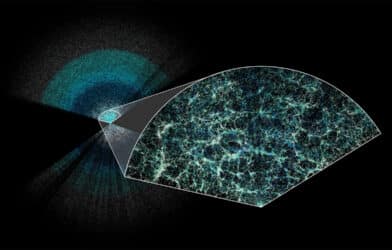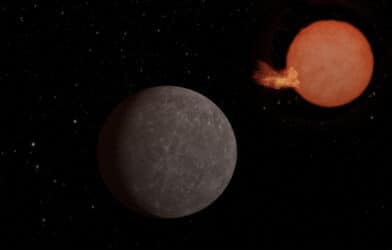Can warp drive technology become a reality? A team of international scientists from Applied Physics believe so. This concept, which has long been a staple of science fiction, is now inching closer to scientific feasibility after researchers were able to find a new solution to a significant hurdle. The exciting results have been published in the journal Classical and Quantum Gravity.
Warp drives have been synonymous with faster-than-light travel in popular culture, captivating audiences in “Star Trek” films, television shows, and novels. In 1994, physicist Miguel Alcubierre proposed a model for how a warp drive might function in the real world. However, his model required the use of “exotic” negative energy, which has never been conclusively observed and conflicts with known properties of matter, making it problematic for scientists.
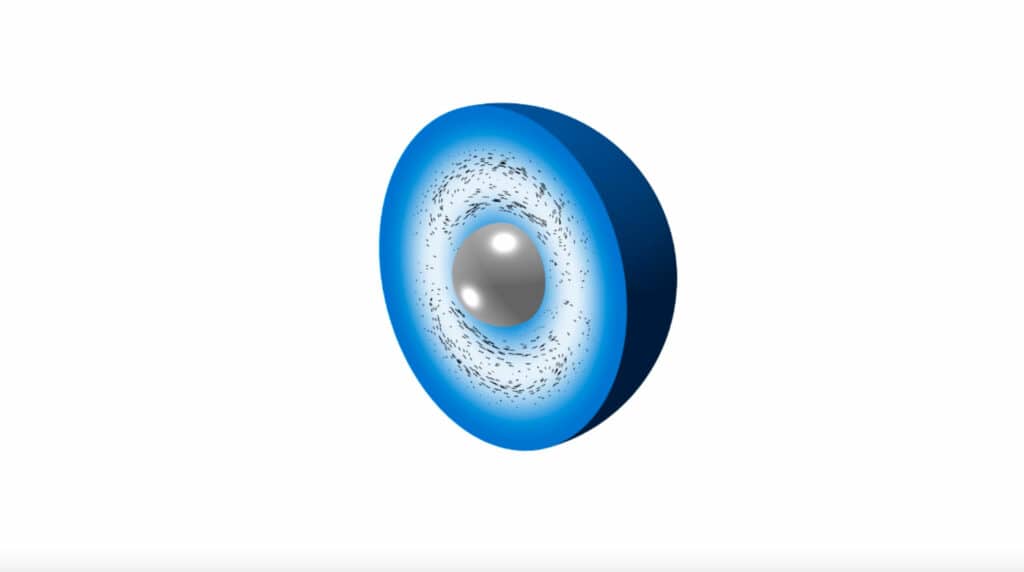
Applied Physics researchers have now identified a new approach that could make warp technology possible in the future. They introduced the concept of a “constant-velocity subluminal warp drive,” which aligns with the principles of relativity. This innovative model eliminates the need for exotic energy, instead employing a sophisticated combination of traditional and novel gravitational techniques to create a warp bubble capable of transporting objects at high speeds within the bounds of known physics.
“This study changes the conversation about warp drives,” says lead study author Dr. Jared Fuchs, from the Department of Physics at the University of Alabama in Huntsville. “By demonstrating a first-of-its-kind model, we’ve shown that warp drives might not be relegated to science fiction.”
The team’s pioneering theoretical model for a new type of warp bubble utilizes both traditional and innovative gravitational techniques, made possible through their publicly-available tool, Warp Factory. This solution allows for the transportation of objects at high but subluminal speeds (just below the speed of light) without relying on exotic energy sources. The key to this breakthrough is engineering warp drive spacetimes to gravitate like ordinary matter – a first-of-its-kind solution.
“Although such a design would still require a considerable amount of energy, it demonstrates that warp effects can be achieved without exotic forms of matter,” explains study co-author Dr. Christopher Helmerich, vice president at Celedon Solutions. “These findings pave the way for future reductions in warp drive energy requirements.”
One intriguing aspect of traveling in a warp craft is that passengers would not experience any g-forces, unlike in planes or rockets. This means that the extreme accelerations often depicted in science fiction, such as “Ludicrous to Plaid” speeds, would only be noticeable in a Tesla, not in a warp-driven spacecraft. The Applied Physics team’s research shows how such a craft could potentially be constructed using regular matter.
“While we’re not yet packing for interstellar voyages, this achievement heralds a new era of possibilities,” notes Gianni Martire, CEO of Applied Physics. “We’re continuing to make steady progress as humanity embarks on the Warp Age.”
This milestone study marks a significant step forward in the quest for warp drive technology, bringing us closer to a future where high-speed space travel becomes a genuine possibility.

